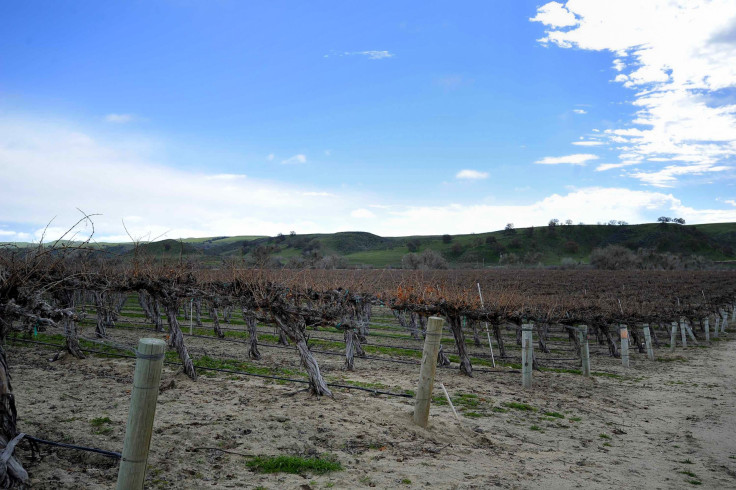California Drought Means Higher US Food Prices On Almonds, Avocados and More

Almonds, avocados, artichokes, alfalfa – these foods may be easy on your belt, but as California’s historic drought deepens, they’ll get tougher on your wallet. The driest span on the West Coast in at least half a millennium is likely to make a whole range of produce more expensive across the country.
The Golden State produces nearly half the nation’s fruits and vegetables, including 95 percent of broccoli, 98 percent of garlic and 99 percent of walnuts. “California is basically all over your market basket,” says Penn State Professor James Dunn, who studies how weather affects food prices. “It’s important in almost any commodity,” Dunn says.
Though the USDA has previously predicted scant overall food price increases this year, Dunn says it’s now clear that the drought will have a “big impact” on grocery bills.
Recent developments don’t bode well for farmers. Just as the growing season gets underway in California’s produce-rich Central Valley, the state has reported astonishingly low snowfall, an important source of irrigation. This fact was illustrated dramatically at the press conference Gov. Jerry Brown staged Wednesday during the annual measuring of the Sierra Nevada snowpack. On a mountain pass where the snow usually tops 5 feet, Brown stood on browned grass and announced extraordinary water restrictions.
Though the water controls won’t touch agriculture, the miserable snowpack will mean further pain for farmers this spring and summer.
Not everything in the supermarket is likely to get pricier. While California plays an important role in meat and dairy production – particularly in growing the alfalfa that goes into cattle feed – the drought will likely have a muted effect on the cost of beef, which depends largely on corn prices.
Other factors complicate the relationship between drought and food costs. Milt McGiffen, a specialist in vegetables at the University of California Riverside, said farmers have begun by shifting from wheat and corn to high- value crops like tree fruits and almonds.
The global food market can absorb some of the slack as well. “Once somebody in Costa Rica hears that we’re not going to plant as many melons here, they start planting them there,” McGiffen says.
And it’s possible that the price spike some expect this year could actually come a few years down the road. Extreme weather shocks don't always show up in consumer costs immediately. If producers pack up for greener pastures, as some almond farmers have recently done, the impact may be delayed. “It takes a while for this to happen and the economic incentive has to be pretty strong,” Dunn says.
“When farmers are just getting clobbered, eventually they say enough is enough."
© Copyright IBTimes 2024. All rights reserved.





















